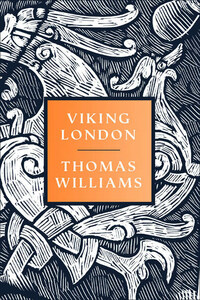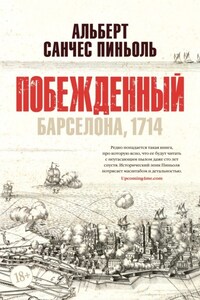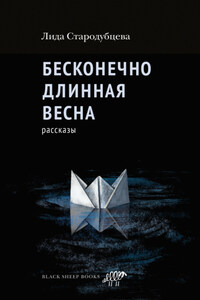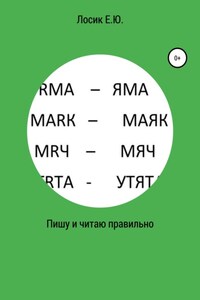William Collins
An imprint of HarperCollinsPublishers
1 London Bridge Street
London SE1 9GF
www.WilliamCollinsBooks.com
This eBook first published in Great Britain by William Collins in 2019
Copyright © Thomas Williams 2019
Cover art by Joe McLaren
Maps by Martin Brown
Thomas Williams asserts the moral right to be identified as the author of this work
A catalogue record for this book is available from the British Library
All rights reserved under International and Pan-American Copyright Conventions. By payment of the required fees, you have been granted the non-exclusive, non-transferable right to access and read the text of this e-book on-screen. No part of this text may be reproduced, transmitted, down-loaded, decompiled, reverse engineered, or stored in or introduced into any information storage and retrieval system, in any form or by any means, whether electronic or mechanical, now known or hereinafter invented, without the express written permission of HarperCollins
Source ISBN: 9780008299866
Ebook Edition © June 2019 ISBN: 9780008299873
Version: 2019-05-14
For Pru
Many thanks are due to Dr Rory Naismith (King’s College London), Professor Andrew Reynolds (UCL) and Dr Gareth Williams and my other friends and former colleagues at the British Museum for their help, advice and good cheer. I am also grateful to my editors at William Collins and to Julian Alexander and Ben Clark at the Soho Agency for all of their assistance. The support of my family has been critical to the successful completion of this project. I owe a particular debt to my father, for – amongst other things – his patient and insightful reading of this manuscript as it evolved over several versions. I thank him for his indefatigability. I take responsibility for any errors that remain; idiosyncrasies and neologisms are, however, probably deliberate.
The tidal current runs to and fro in its unceasing service, crowded with memories of men and ships it had borne to the rest of home or to the battles of the sea […] Hunters for gold or pursuers of fame, they all had gone out on that stream, bearing the sword, and often the torch, messengers of the might within the land, bearers of a spark from the sacred fire.
Joseph Conrad, Heart of Darkness
Cover
Title Page
Copyright
Dedication
Epigraph
Maps
Introduction
I Lundenwic
II Lundenburh
III Lundúnir
IV Lundúnaborg
V Vikings Drink Tea
Footnotes
Notes
Notes, sources and further reading
Abbreviations
Index
About the Author
Also by Thomas Williams
About the Publisher
Wherever their ships ploughed the water, the Vikings made needles of rivers: a hypodermic rush of systemic devastation and steroidal vigour, wracking the veins of nations with the germ of change. In Dublin, York and Kiev, Iceland, Normandy and Russia, the Vikings planted the seeds of new realms and great cities, stoking the furnaces of trade, technology and industry wherever their keels ground the shingle and markets echoed with the jangle of slave-chains. They remoulded the world for ever, violence and commerce riding the whale-road from the north: twin sea-stallions of the Viking Age. In Britain the impact was profound: the Vikings remade the geopolitical map, changed the language, up-ended the dynamics of power and trade. Monasteries and settlements burned, ancient dynasties were extinguished. And nowhere in these islands was subjected to more aggression than London.
Between 842 and 1016 London was assaulted by Vikings on at least a dozen separate occasions. Sometimes it burned and sometimes it surrendered, mostly it stood firm when all others had given up hope; and throughout it all the city endured, remaking and remodelling itself, growing strong in adversity, unique in economic power, a crucible of cultures, enterprise and political intrigue: a maker of kings, the heart of a North Sea empire. This book is a sketch of London in the Viking Age, how it remade itself, how it was transformed by immigrants and natives, kings and commoners into the fulcrum of national power and identity. London emerged as a hub of trade, production and international exchange, a financial centre, a political prize, a fiercely independent and often intractable cauldron of spirited and rowdy townsfolk: a place that, a thousand years ago, already embodied much of what London was to become and still remains.
This book is also, however, a confrontation with the city that still sprawls beside the Thames – a delving into its darkest age, an invasion of its privy parts.
Viking Age London is like an old wound, seemingly long healed and oft forgotten. But sometimes in the winter, when a cold wind blows from the north, it still nags – an ache that will never go away. Stumbling around corners, feet catch on stitches, pull back the skin of modernity – an ancient street name hidden beneath a concrete underpass, a paved void where a church no longer stands, a stretch of the old riverbank crawling out from beneath embankments. For nothing is lost in the city: things just sink further into the mire, deeper into time.








